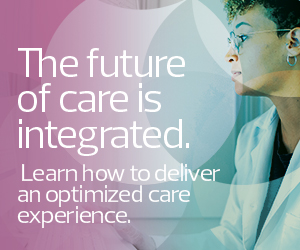Kristin Myers, executive vice president, chief digital and information officer, and dean for digital and information technology for Mount Sinai Health System, notes that the organization already deploys AI chatbots to assist patients with appointment scheduling and personalized medicine.
“We have a number of predictive algorithms in place that improve clinical quality, safety and the patient experience around sepsis, and to deter patient deterioration,” she explains.
Meanwhile, IoT sensors monitor medical equipment and notify staff about potential failures or maintenance requirements in real time.
“That reduces downtime and ensures that critical devices are functioning optimally, reducing risks related to devices like smart pumps,” she notes.
IoT Impact in Smart Hospitals: From Bedside to Home Care
Dr. Harvey Castro, a physician and healthcare consultant, says that IoT has emerged as a crucial technology in intelligent hospitals.
“It plays an instrumental role in healthcare by connecting medical devices and systems, allowing for constant and accurate patient health monitoring,” he says.
Smart devices, including wearables, smart beds, biosensors and implanted monitors, help in continuous health tracking and the early detection of potential health issues.
“For instance, intelligent beds can monitor patient movements and alert nurses when a patient leaves the bed,” he says.
He adds that remote patient monitoring is gaining momentum, with smartwatches and fitness trackers becoming increasingly common tools.
These devices monitor vital health parameters such as heart rate, heartbeat and blood oxygen levels.
“Healthcare providers are turning to such devices to make proactive care choices based on data trends and predictions, revolutionizing personalized medicine and predictive healthcare,” Castro notes.












